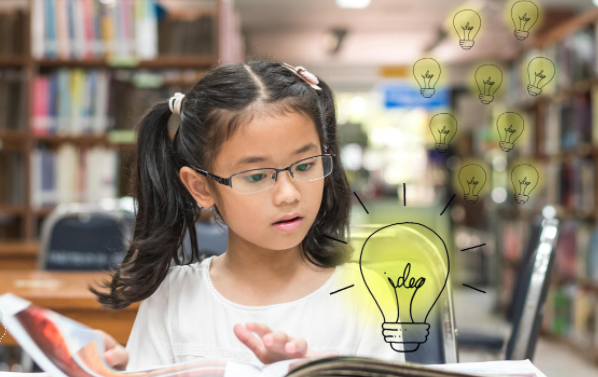Reading Comprehension
Comprehension
I wanted to take a moment and discuss the concept of reading comprehension. What exactly does “comprehension” mean? How do you measure and what are the different levels a reader progresses through? Comprehension is a very broad term and I hope to refine the term for you and help you understand the different levels of comprehension that your child is striving to achieve.
5 Levels of Reading Comprehension
I initially want to introduce the five levels of comprehension and then further explain the definitions and what each level refers to below.
1- Lexical 2-Literal 3-Interpretive 4-Applied 5-Affective
While many school districts and others may refer to three-levels of comprehension (Literal, interpretive, and applied), I’ve expanded this to include two other levels to offer a more complete explanation.
Lexical Comprehension
- This term usually refers to the basic understanding of the words in a text. This does not refer to the grammar and/or construction of a sentence.
- The reader must be equipped with the knowledge and understanding of the words themselves before they can progress to further comprehension levels.
Example Questions: Assuming the child just read Goldilocks and The Three Bears
· What does the word porridge mean?
· What words mean “happy” in the text?
Literal Comprehension
- The understanding of information and facts that are directly stated in the text.
- What exactly is in the text, “the sky is blue”, “the water was cold”, etc.
- Who, what, when, where?
Example questions:
- What is the girl’s name in the story?
- What did the girl do after she ate the porridge?
- Who’s house did the girl go into?
- Where was the house with the Three Bears?
Interpretive
- Predict endings and anticipate consequences
- State reasons for events
- Make generalizations
- Understand the facts that are explicitly stated in the text.
Example questions:
- Why did Goldilocks go for a walk?
- Why did the chair break when Goldilocks sat on it?
- Why did the Three Bears go for a walk?
- What was wrong with Mama Bear’s and Papa Bear’s porridge?
- Why didn’t Goldilocks eat their porridge?
Applied Comprehension
- Ability to create generalizations
- Basic compare/contrast
- Explain judgments.
- Make recommendations and suggestions.
- Make decisions.
- Create alternative endings.
Example questions:
- Should Goldilocks have gone into the Three Bear’s house?
- Do you think Goldilocks was wrong to eat the porridge?
- What would have happened to Goldilocks if she had not run away from the Three Bears’ house?
- What should Goldilocks have done when she came to the Three Bears’ house?
Affective Comprehension
- Ability to understand the relational, emotional, and social aspects of the characters.
- Understand the dynamics between the plot, motive, and characters in the story
Example questions:
- How did Goldilocks feel when she woke up and saw the Three Bears?
- Why did Goldilocks never disobey her parents again?
- How do you think the Three Bears felt when they saw someone in their home?
- What did you learn from this story? What does it mean to you?
I hope this helps you understand our different levels of comprehension. It’s important to understand there are various levels of comprehension when we talk about our kids’ comprehension levels. Check out this blog for more on leveled reading and comprehension
Regards, Dr. Kim








